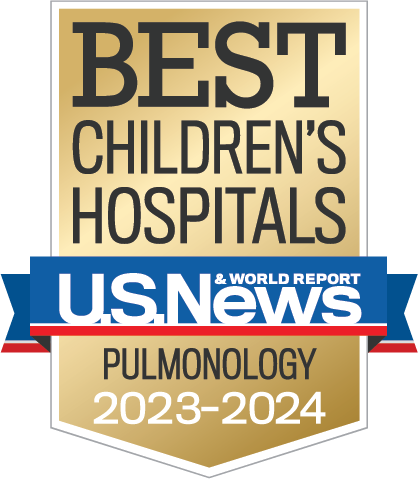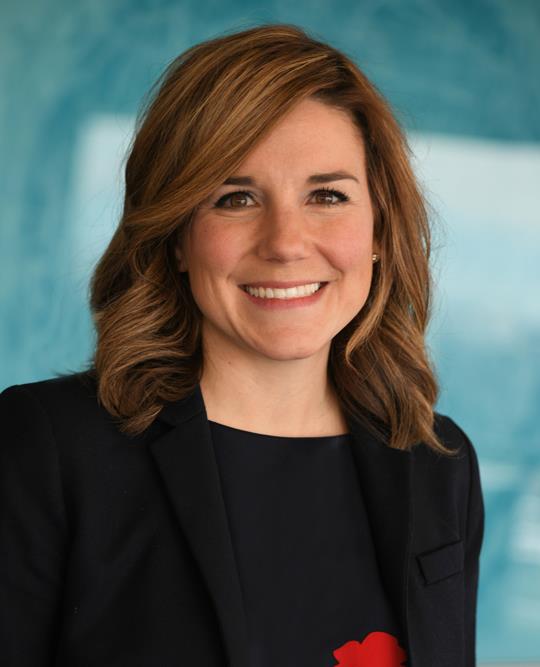- Doctors & Departments
-
Conditions & Advice
- Overview
- Conditions and Symptoms
- Symptom Checker
- Parent Resources
- The Connection Journey
- Calm A Crying Baby
- Sports Articles
- Dosage Tables
- Baby Guide
-
Your Visit
- Overview
- Prepare for Your Visit
- Your Overnight Stay
- Send a Cheer Card
- Family and Patient Resources
- Patient Cost Estimate
- Insurance and Financial Resources
- Online Bill Pay
- Medical Records
- Policies and Procedures
- We Ask Because We Care
Click to find the locations nearest youFind locations by region
See all locations -
Community
- Overview
- Addressing the Youth Mental Health Crisis
- Calendar of Events
- Child Health Advocacy
- Community Health
- Community Partners
- Corporate Relations
- Global Health
- Patient Advocacy
- Patient Stories
- Pediatric Affiliations
- Support Children’s Colorado
- Specialty Outreach Clinics
Your Support Matters
Upcoming Events
Colorado Hospitals Substance Exposed Newborn Quality Improvement Collaborative CHoSEN Conference (Hybrid)
Monday, April 29, 2024The CHoSEN Collaborative is an effort to increase consistency in...
-
Research & Innovation
- Overview
- Pediatric Clinical Trials
- Q: Pediatric Health Advances
- Discoveries and Milestones
- Training and Internships
- Academic Affiliation
- Investigator Resources
- Funding Opportunities
- Center For Innovation
- Support Our Research
- Research Areas

It starts with a Q:
For the latest cutting-edge research, innovative collaborations and remarkable discoveries in child health, read stories from across all our areas of study in Q: Advances and Answers in Pediatric Health.


Breathing
Croup
Kids aren’t just mini adults. In fact, they’re incredibly different. That’s why they need incredibly different care.

Get Care Now
From emergency to urgent care to 24/7 pediatric advice, we’re here to help in the heat of moment.
What is croup?
Croup occurs when there is inflammation of the upper airway (larynx and trachea) that causes a barking cough or hoarseness. The inflammation is caused by a virus.
Croup symptoms generally peak 2 to 3 days after the symptoms of the viral infection begin and typically last 3 to 7 days. Symptoms are worse at night and when the child is excited, exercising or crying.
The vast majority of children recover from croup with no complications. Rare complications of croup include a bacterial infection of the airway, dehydration from not being able to drink adequately and the need for supplemental oxygen. Children who were born prematurely or who have a history of lung disease (such as asthma) or neuromuscular disease (like cerebral palsy) are more likely to develop severe croup symptoms and often require hospitalization. Still, croup rarely causes any long-term complications.
Immediately call your doctor or get medical attention if your child has any of the following warning signs of respiratory distress:
- Difficulty breathing, including rapid or labored breathing
- Retractions (when the skin between the ribs pulls in with each breath)
- Stridor (high-pitched or squeaking noise when inhaling)
- A pale or bluish color around the mouth
- Drooling or difficulty swallowing
- A fatigued appearance
- Signs of dehydration (including a dry or sticky mouth, few or no tears, sunken eyes, thirst, no urine or only a little dark yellow urine for 8-12 hours, and extreme tiredness)
- A very sick appearance
What causes croup?
Most cases of croup are caused by viruses. Parainfluenza virus, adenovirus and respiratory syncytial virus (RSV) are the most common types of virus that cause croup. Most cases of viral croup are mild and can be treated at home. In rare occasions, croup can be severe and even life threatening.
The best way to keep your child from getting croup is practicing good hand hygiene. Wash hands before eating or touching your eyes, nose and mouth as well as after being in contact with other people with respiratory infections.
Who gets croup?
Croup tends to occur in younger children (6 months to 3 years) because their airways are smaller, and a little swelling in a smaller airway makes a bigger difference. However, it can occur in older children as well. Croup tends to develop in the fall and early winter during the peak season for the viruses. Many children who come in contact with the viruses that cause croup will not get croup, but will instead have symptoms of a common cold.
What are the signs and symptoms of croup?
- Stuffy or runny nose
- Fever
- Hoarseness
- Loud, harsh cough like the barking of a seal
- Stridor (high-pitched or squeaking noise when inhaling)
- Rapid breathing
- Retractions (when the skin between the ribs pulls in with each breath)
Symptoms of croup are typically worse at night and when children are upset or crying.
What tests are used to diagnose croup?
Tests are not necessary to diagnose croup unless doctors suspect another condition is causing your child's symptoms. This can sometimes be the case because if the inflammation has an unusual presentation or unusual response to traditional croup treatments.
How do providers at Children's Hospital Colorado make a diagnosis?
Doctors can usually diagnose croup by listening for the telltale barking cough and stridor. They will also ask if your child has had any recent illnesses with a fever, runny nose and congestion, and if your child has a history of croup or upper airway problems.
How is croup treated?
Croup is typically mild. Breathing in cold or moist air helps most kids feel better. You can run a hot shower to create a steam-filled bathroom where you can sit with your child for 10 minutes. You can also bundle up your child and bring him or her outside for brief stretches to breathe cool air.
If your child has a sore throat, acetaminophen or ibuprofen (in children over 6 months old) or warm beverages, such as warm milk, can make your child more comfortable.
Staying hydrated is always important in any illness. Be sure your child drinks fluids regularly.
If your child has the warning signs of croup, have your child evaluated by a medical professional. Doctors often treat croup with steroids to decrease airway swelling. In severe cases, doctors will give a breathing treatment that contains epinephrine. This reduces swelling in the airway quickly. Oxygen also may be given, and sometimes a child with croup will remain in the hospital overnight for observation.
Why choose Children's Colorado for your child's croup?
At Children's Colorado's Breathing Institute, our specialists are on the forefront of evaluating new medications for breathing treatments. Our researchers work to understand the conditions in pediatric cases, and then seek new ways to safely improve treatments. For example, our providers led a research study to help improve the quality and consistency of care for children with croup.
In our clinics, we believe a multidisciplinary approach to breathing and lung condition management is the best way to improve quality of life for our young patients. Children's Colorado's emergency and inpatient services and the wide range of available pediatric subspecialists all contribute significantly to our ability to provide a full spectrum of care.
Extensive diagnostic testing is available when appropriate for both infants and older children. An experienced staff of doctors, nurses, dietitians, social workers, child life therapists and therapists allows families to benefit from the team approach to the evaluation and management of patients with breathing and lung conditions. Our collaborative approach also incorporates and encourages family involvement and includes close collaboration with your child's primary healthcare provider.
For more information, read our article on different types of coughs in children or visit these websites:
- Healthy Children provides parents with information about croup from the American Academy of Pediatrics.
- Medline Plus provides easy-to-understand information about croup based on the latest medical research with links to pictures, related topics, and other trusted sources.
Next steps
-
Would you like to learn more about us?
Learn more about our Urgent Care Services -
Do you need to talk to a nurse?
1-855-543-4636 -
Are you ready to schedule an appointment?
Schedule an appointment

Compassionate care, wherever you are
We’re here when you need us. Telehealth appointments are available across every specialty, so you can get the high-quality care we’ve always offered from the comfort, privacy and convenience of home.
See if telehealth is right for you
Get to know our pediatric experts.

Paul Stillwell, MD
Pulmonology - Pediatric, Pediatrics

Bridget Raleigh, FNP-BC
Certified Family Nurse Practitioner

Benjamin Wisniewski, MD
Pulmonology - Pediatric, Pediatrics, Sleep Medicine

Stacey Martiniano, MD
Pulmonology - Pediatric, Pediatrics



 720-777-0123
720-777-0123



